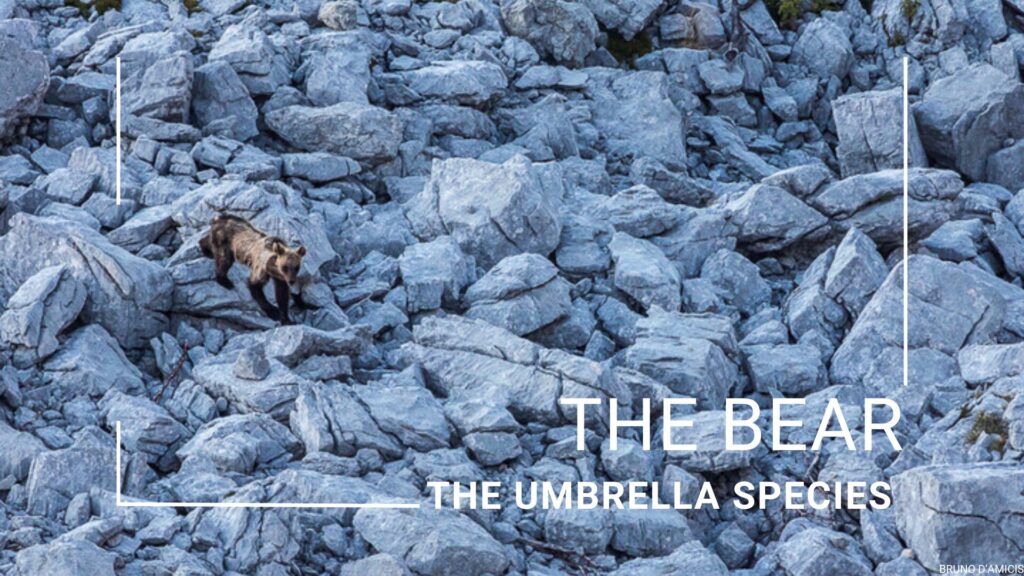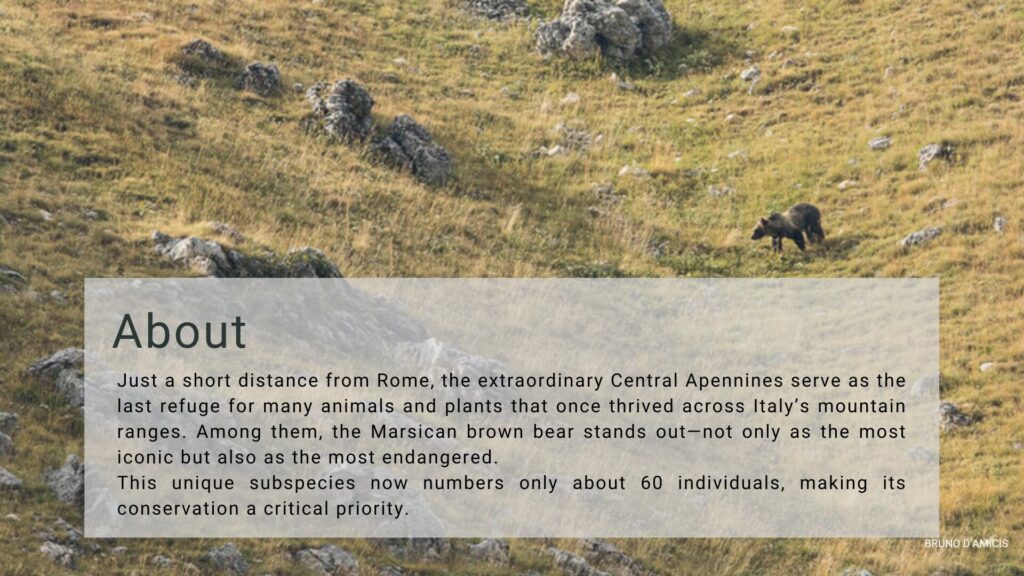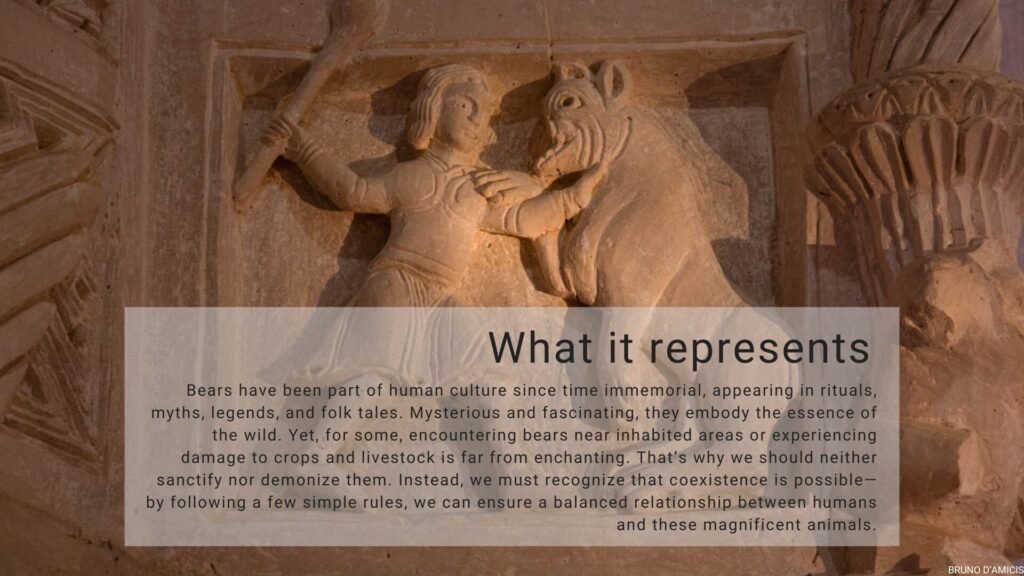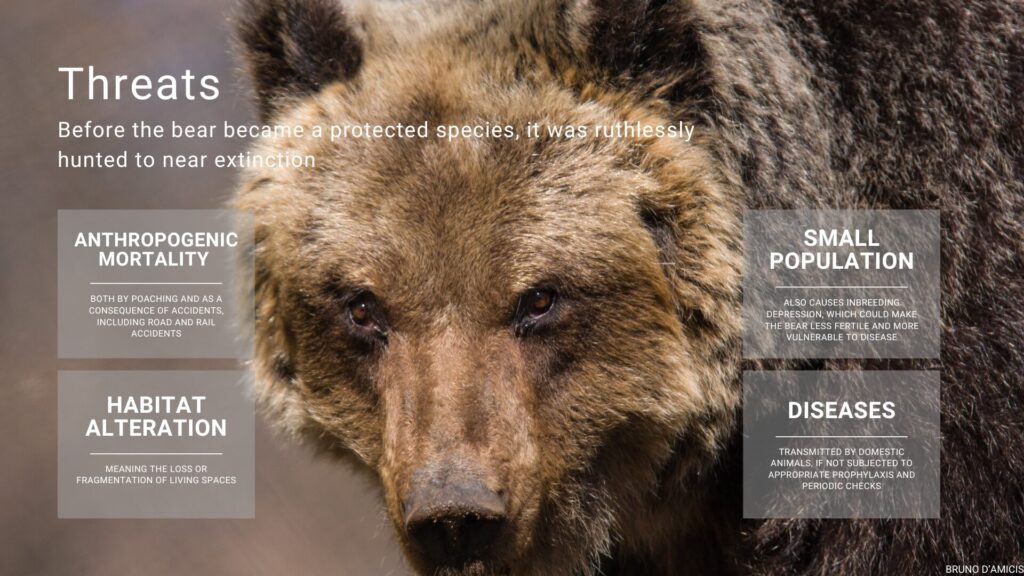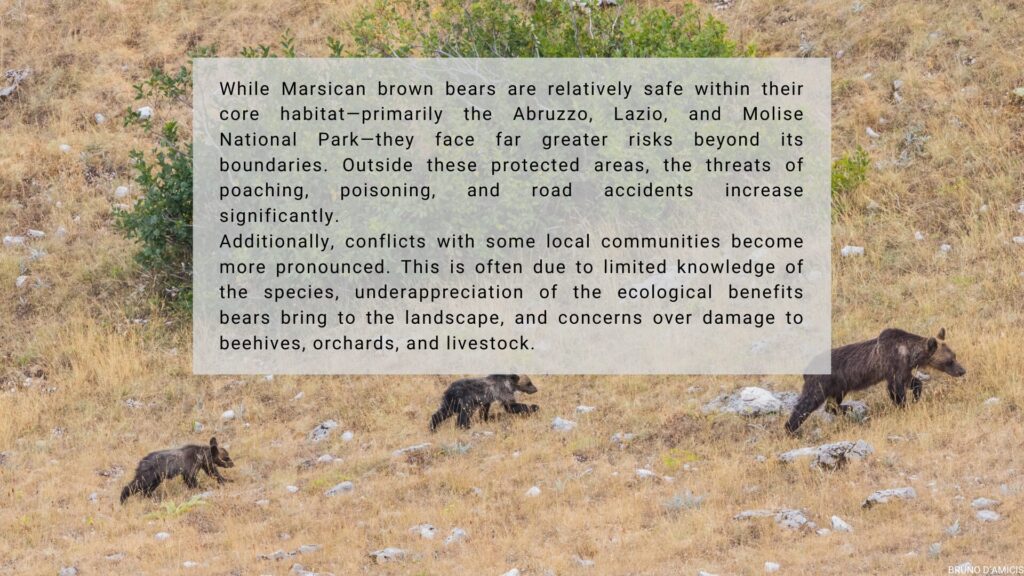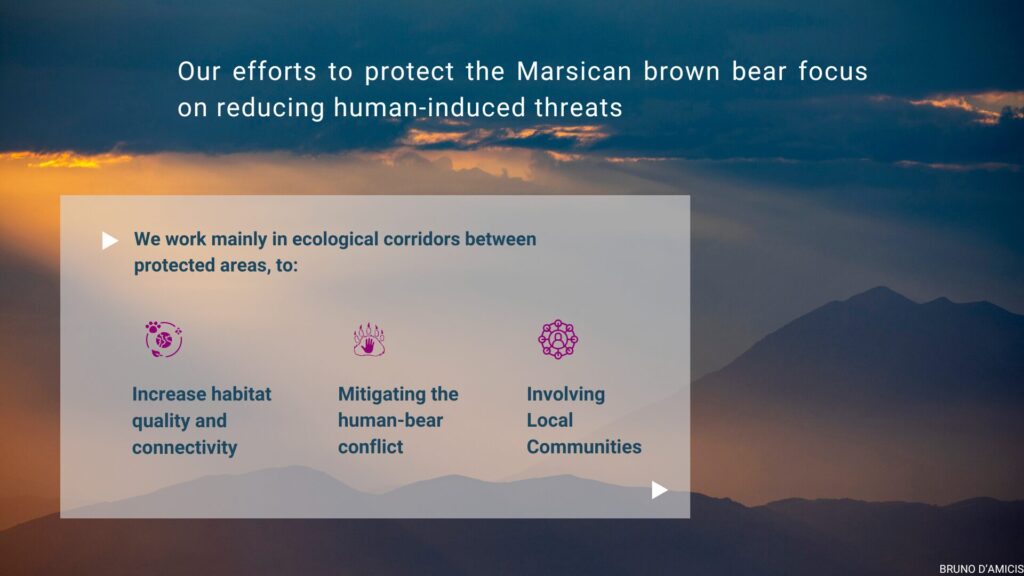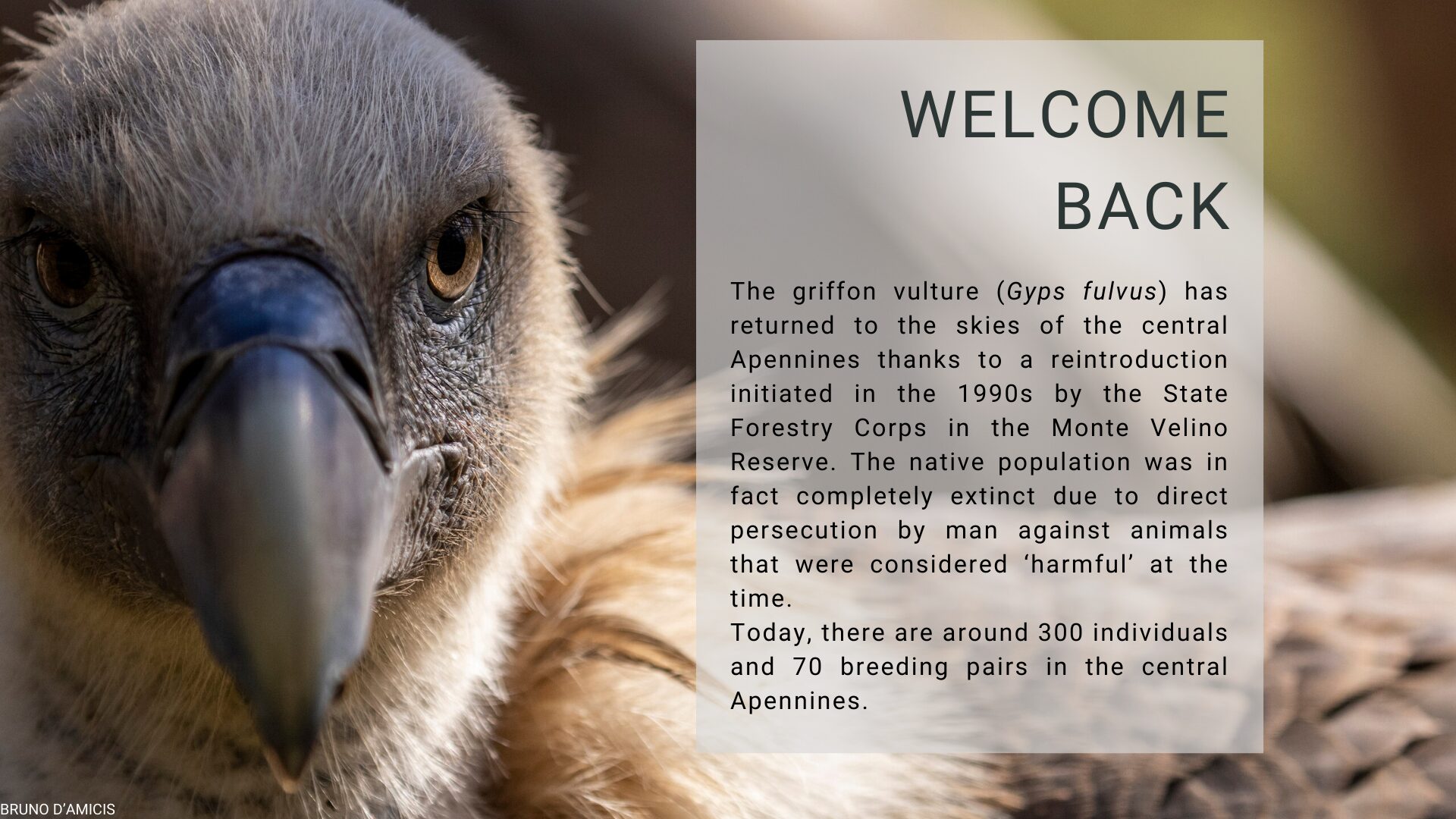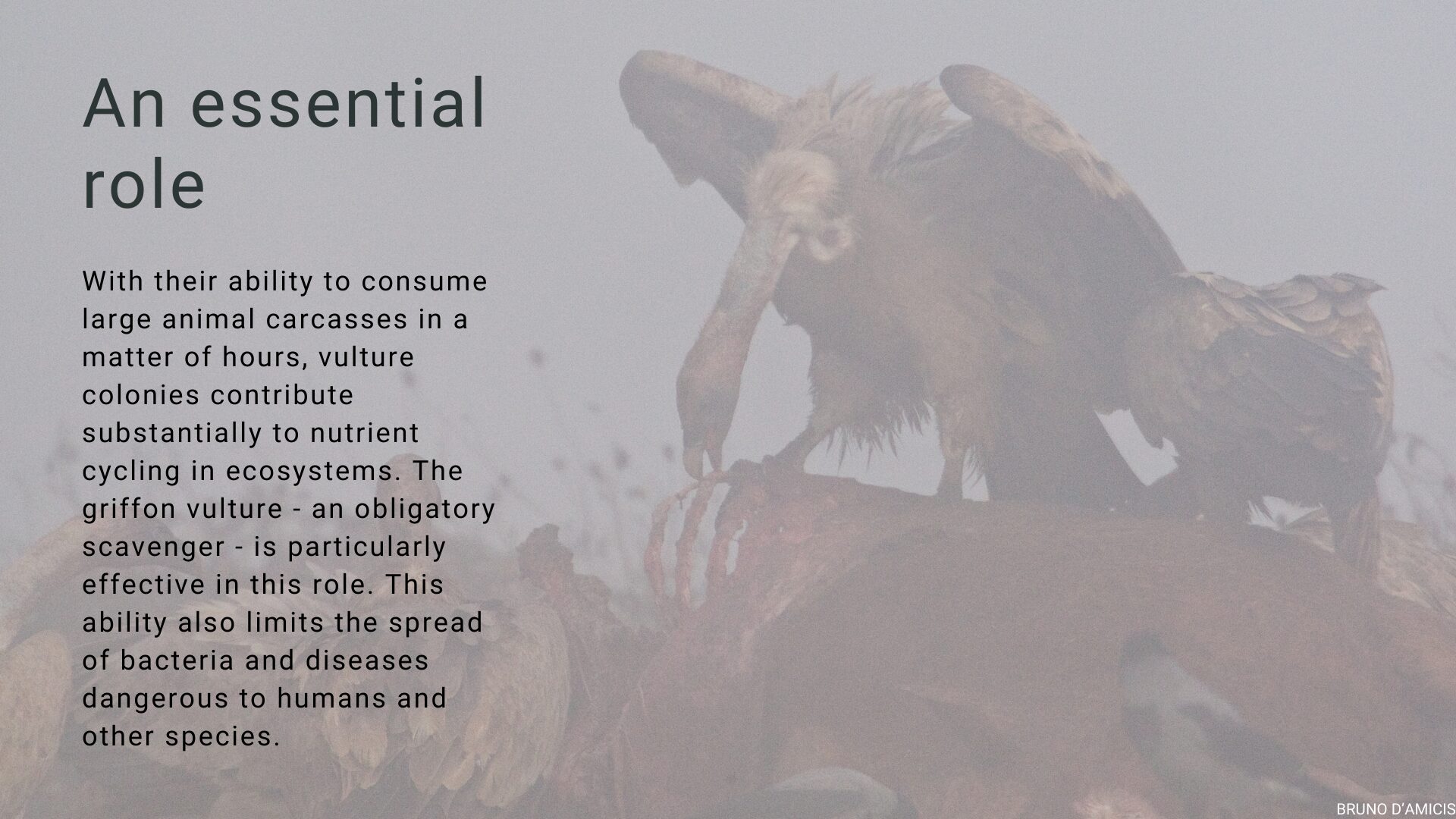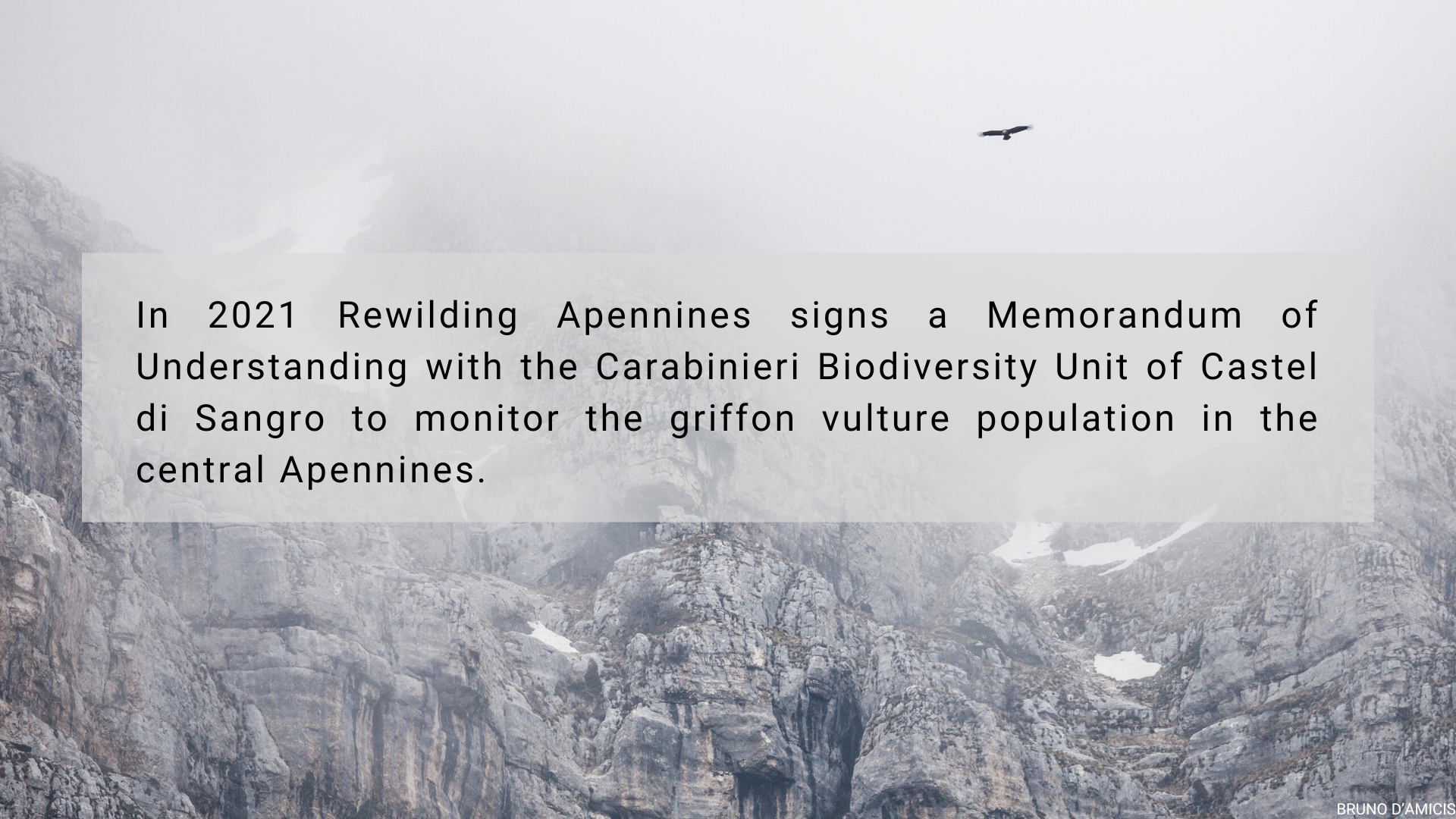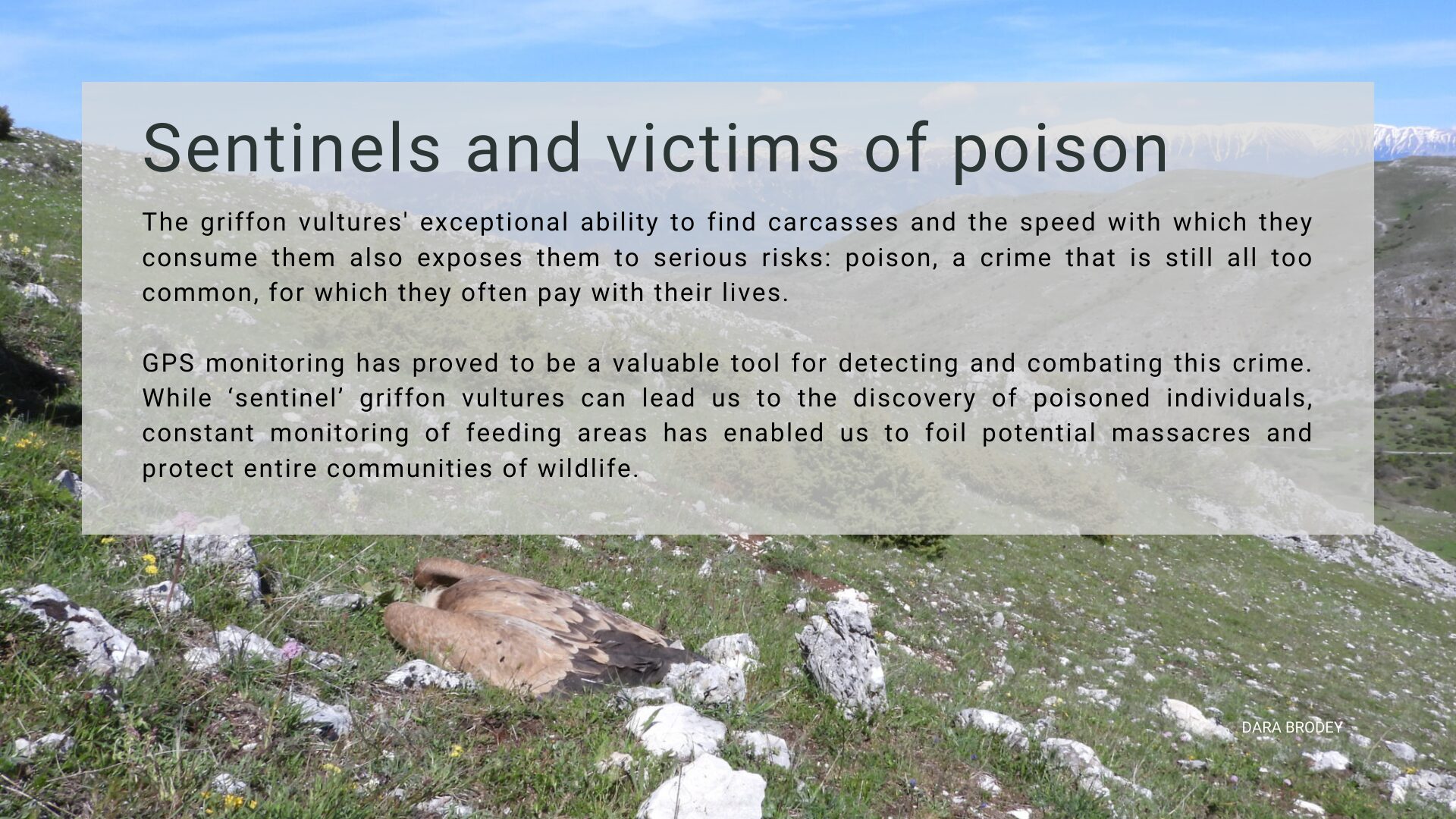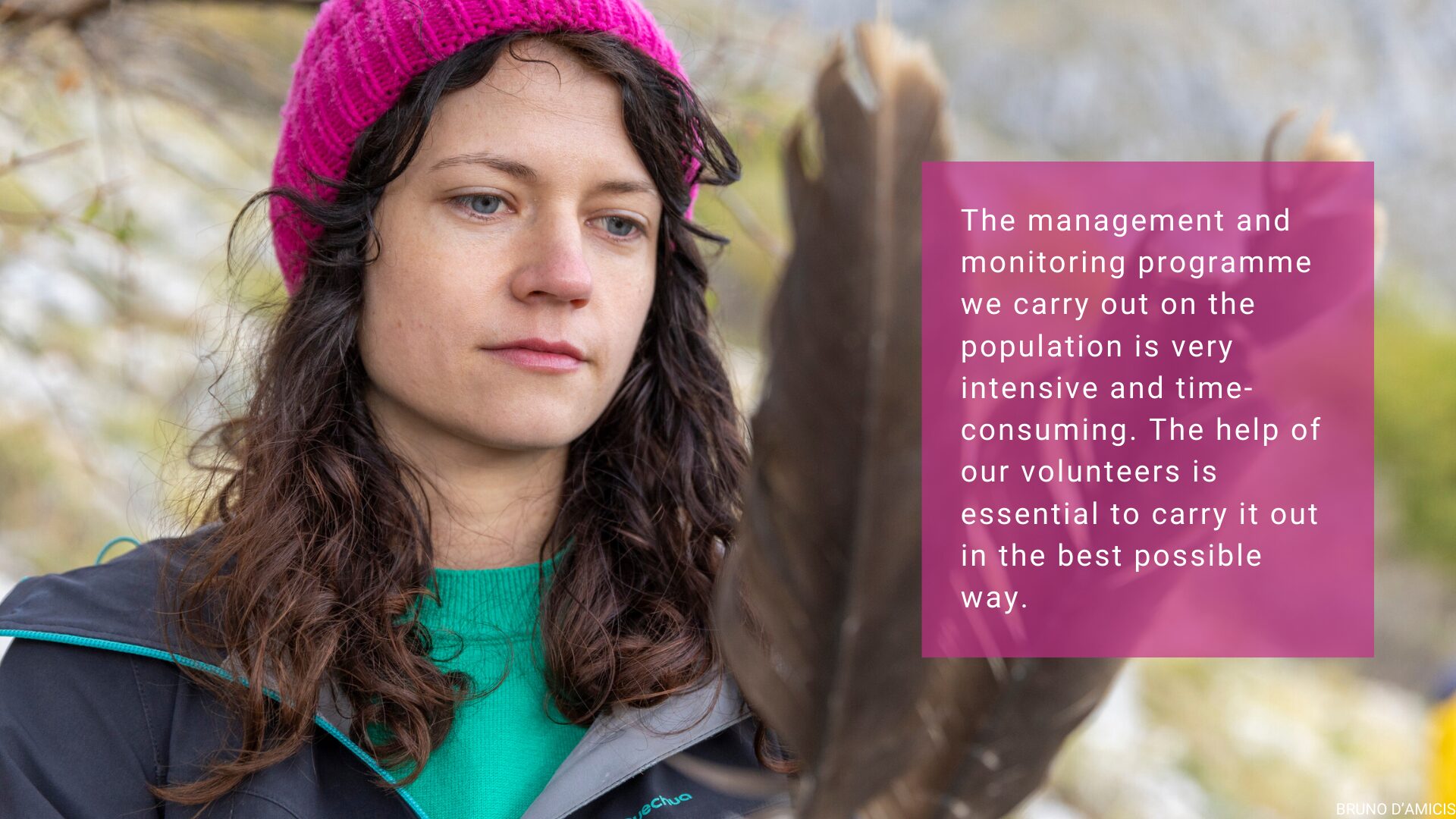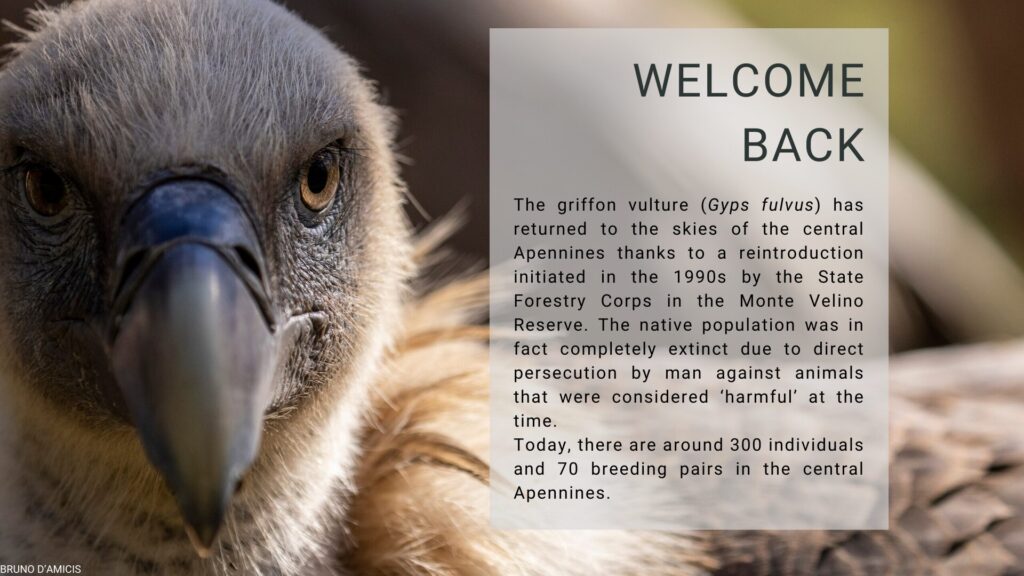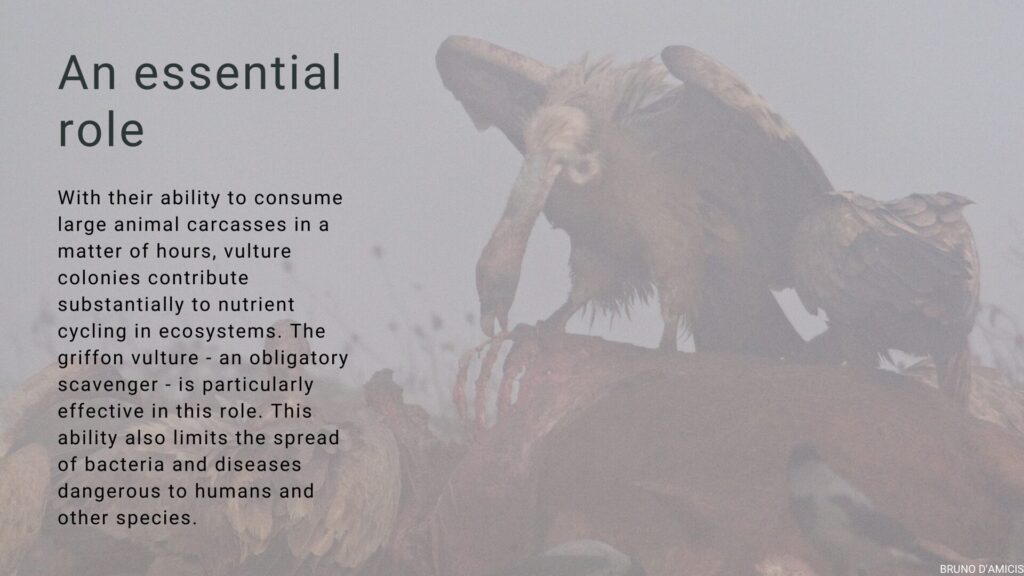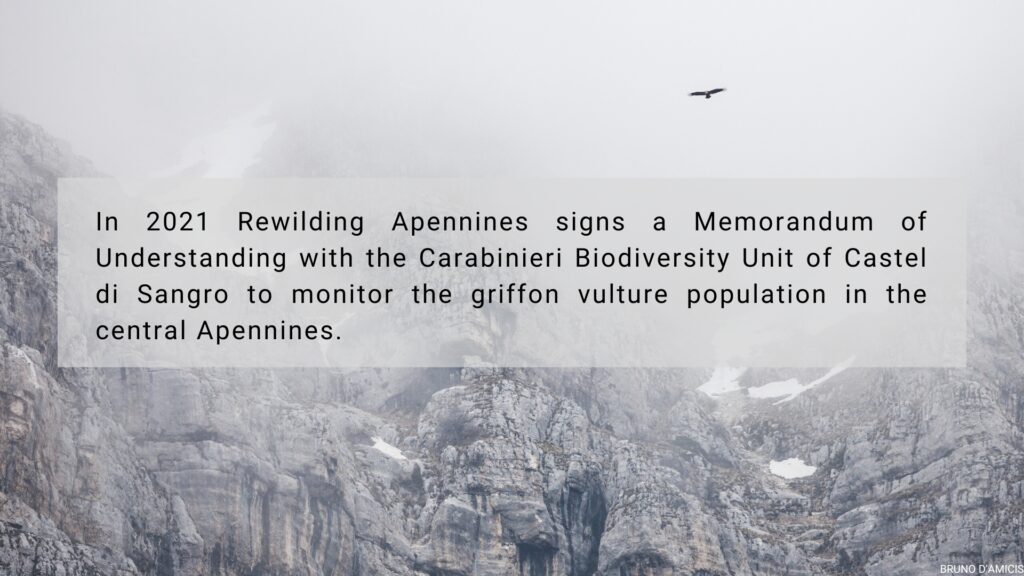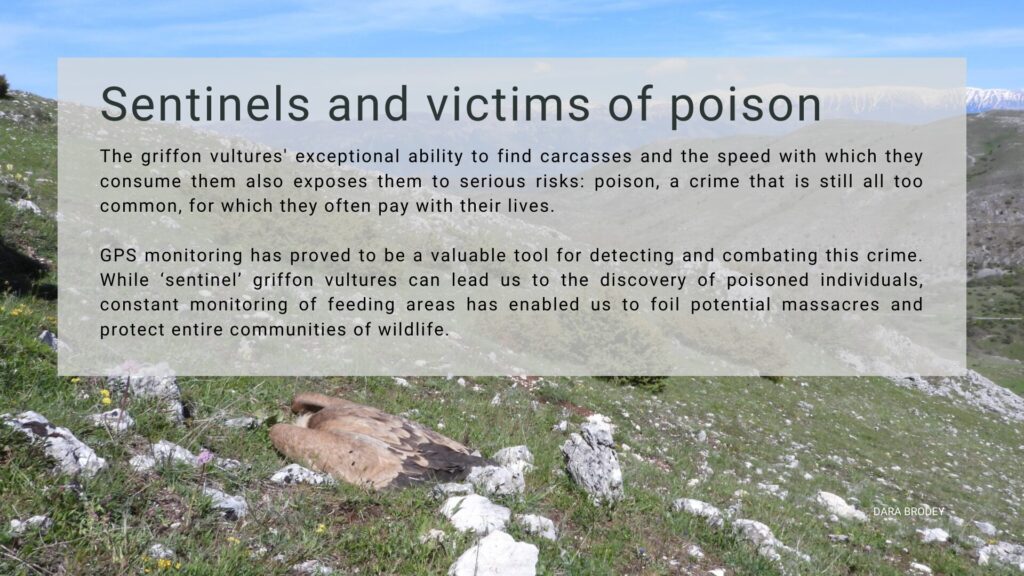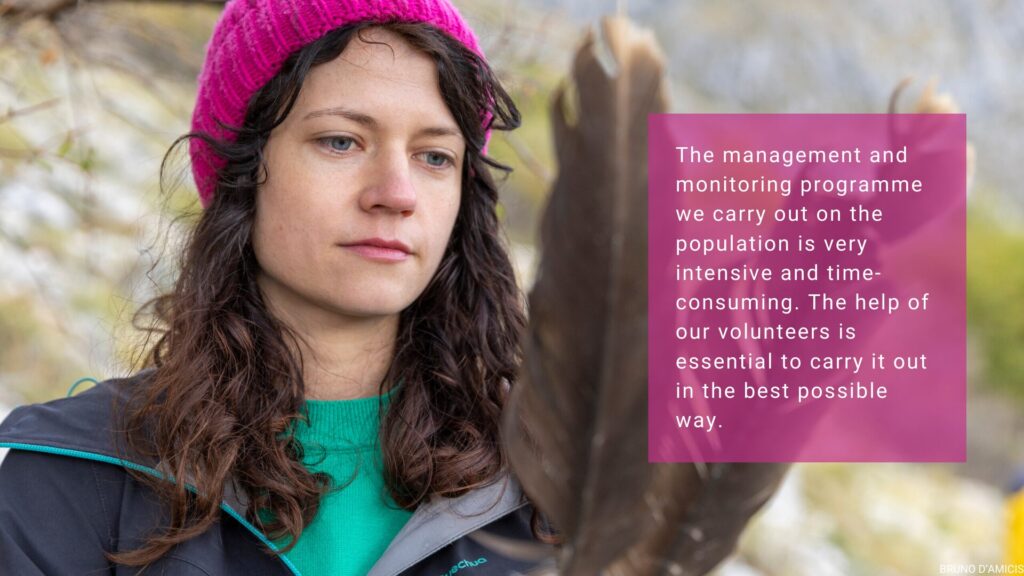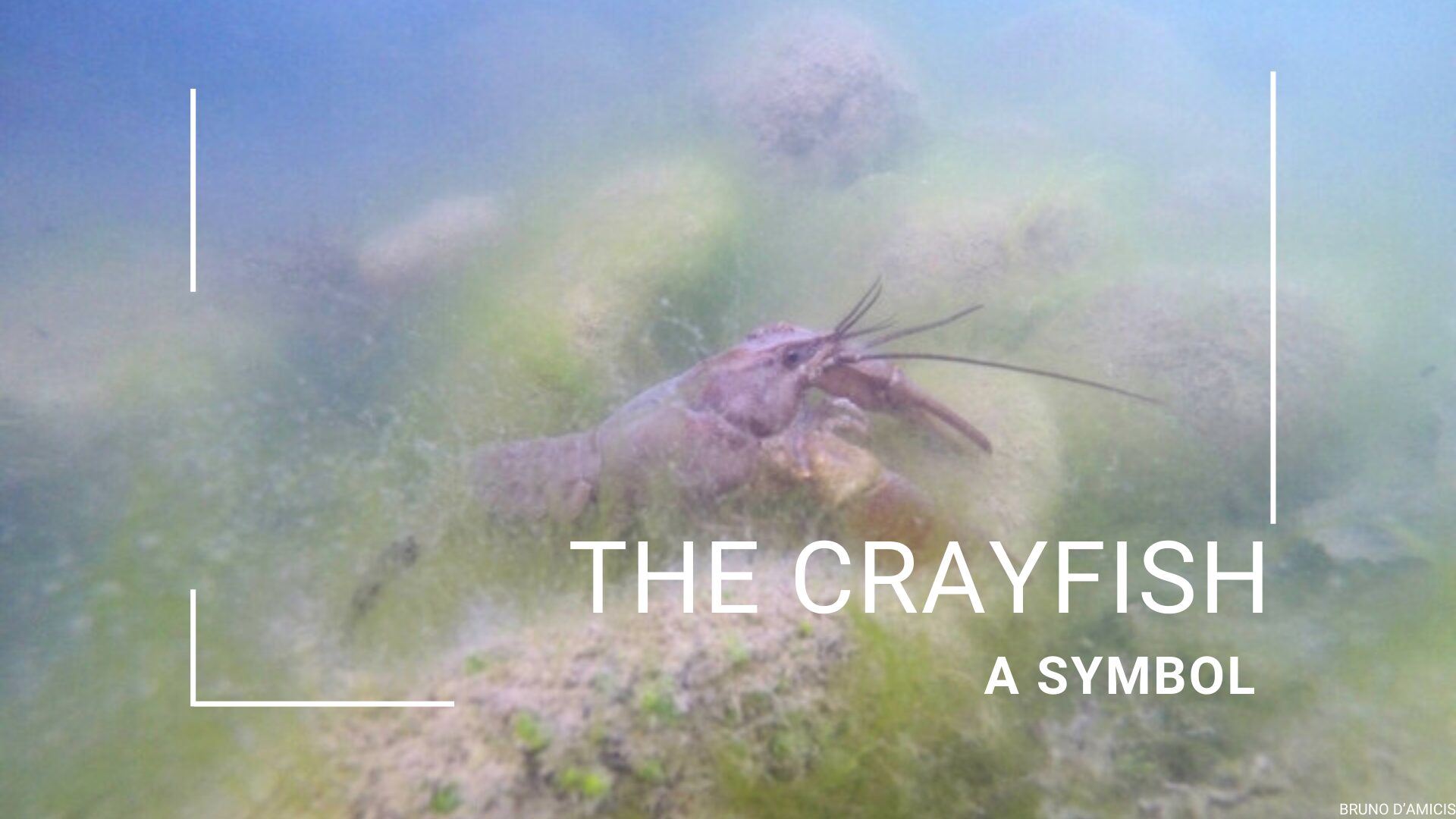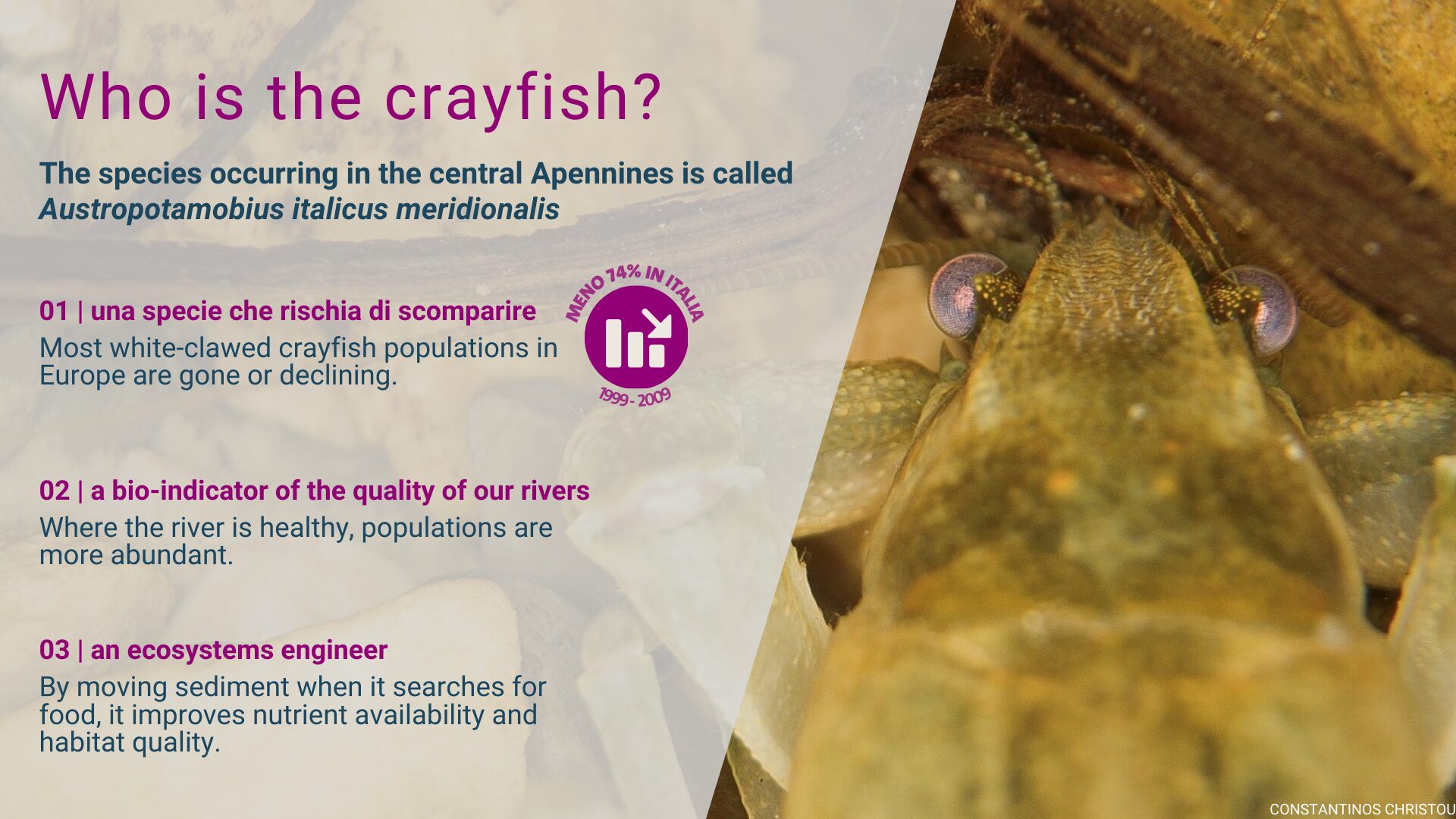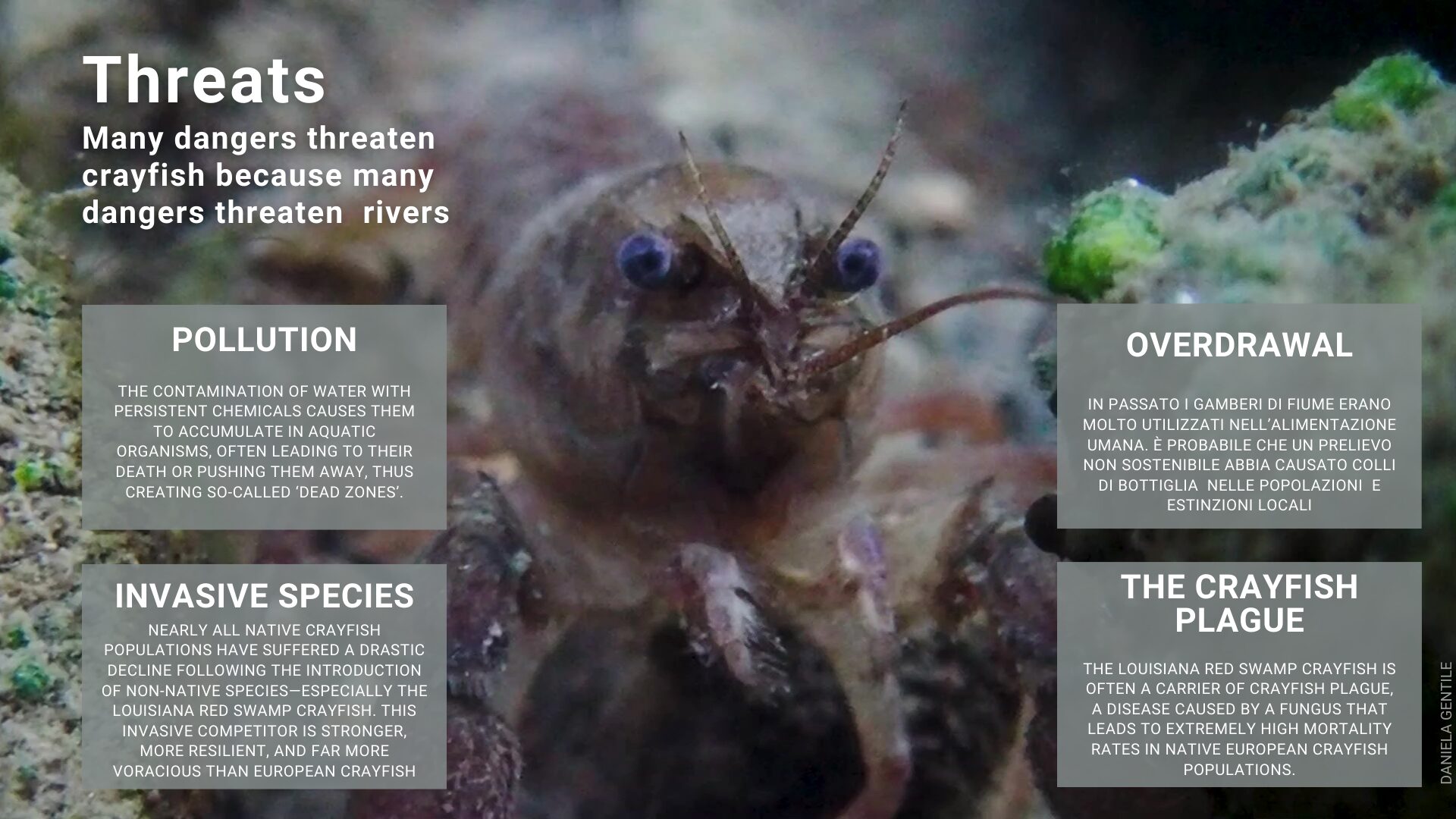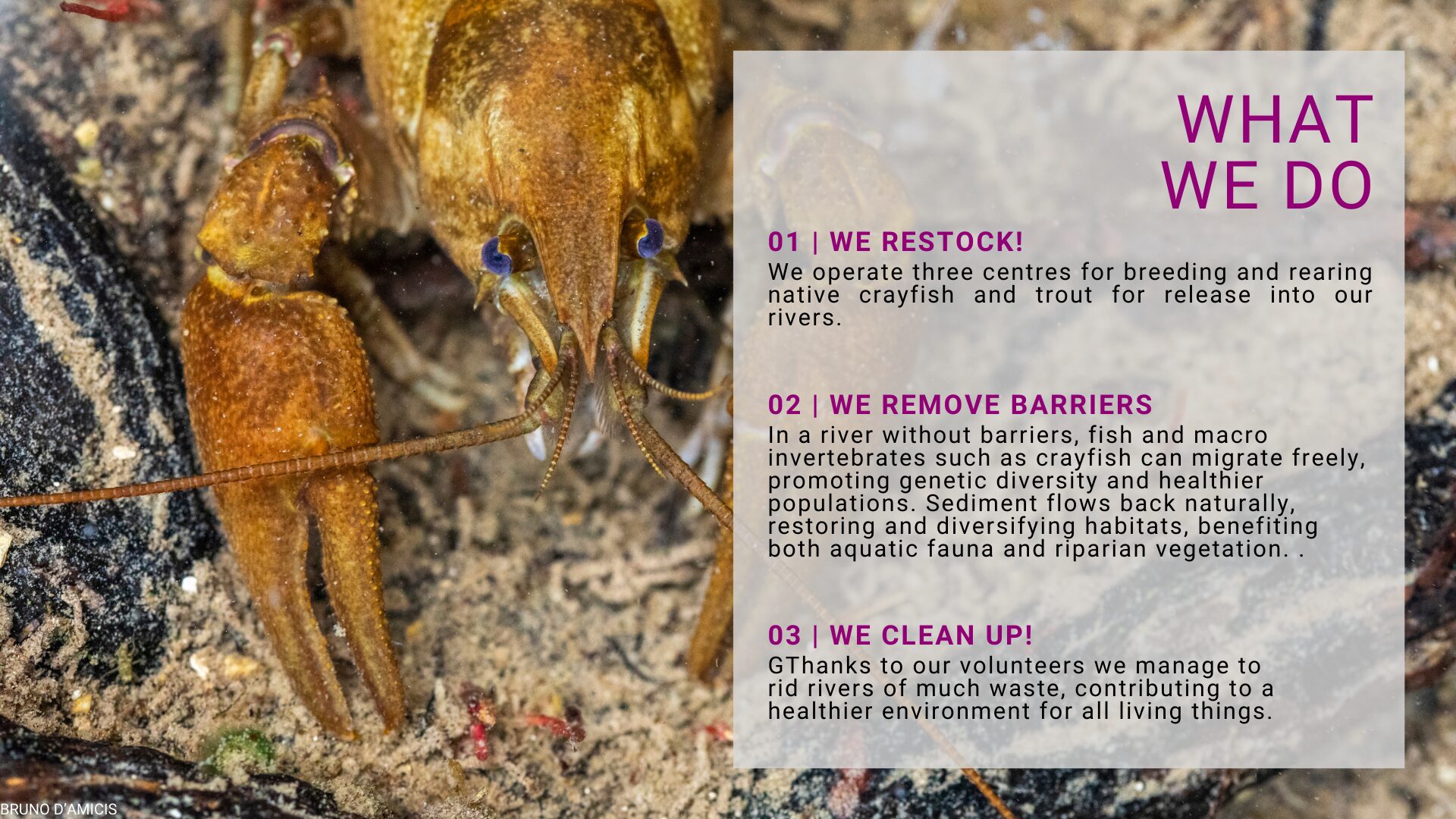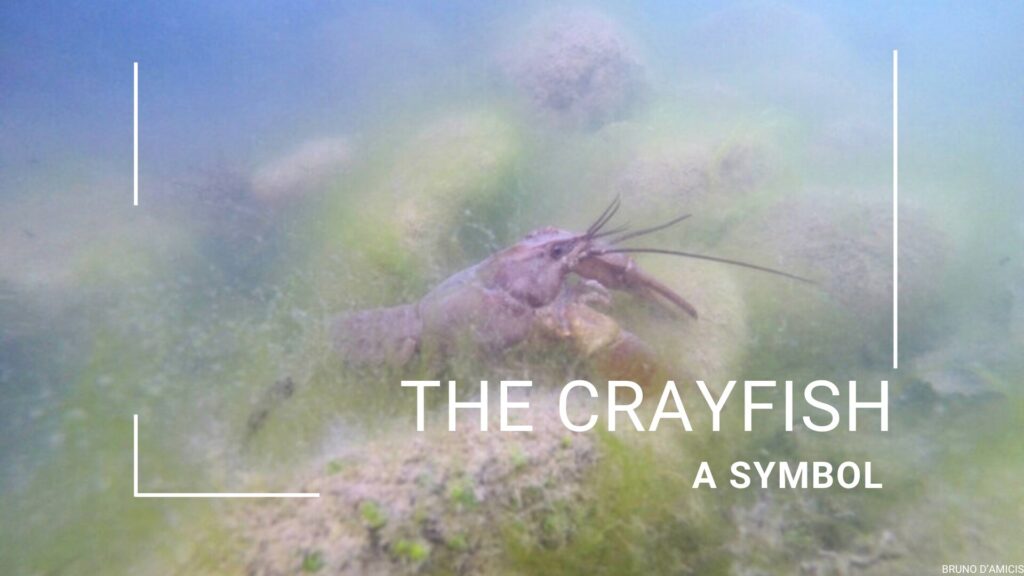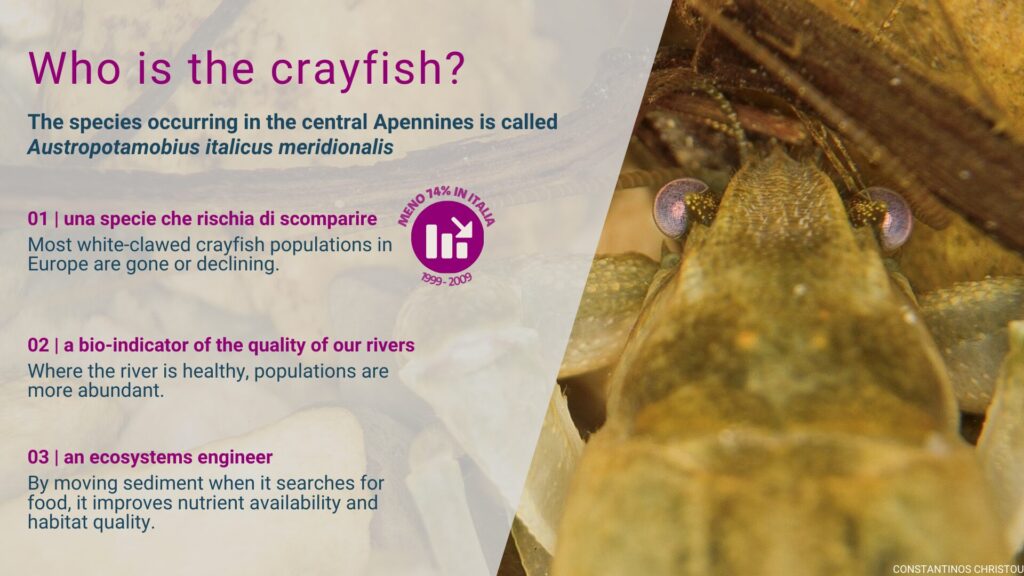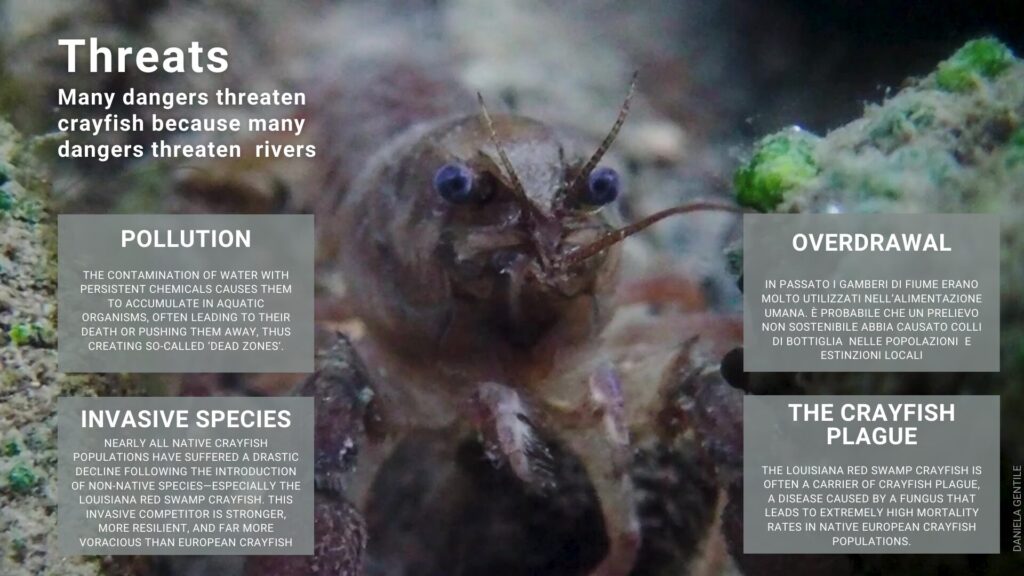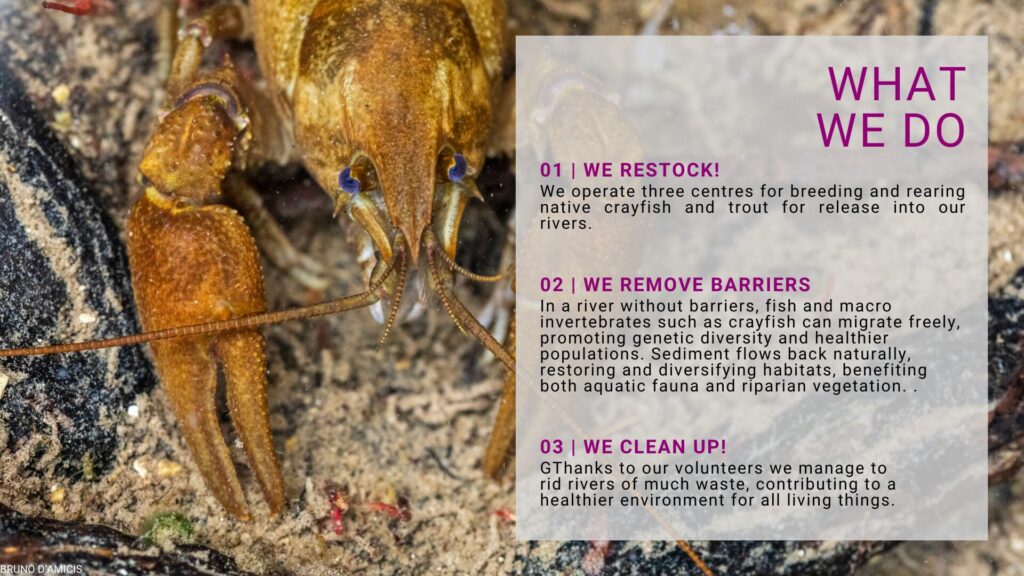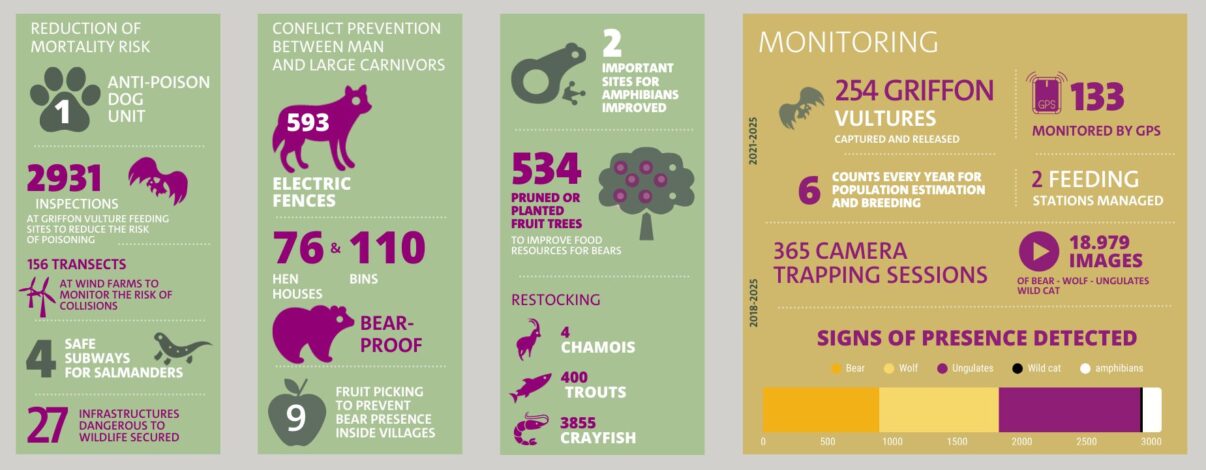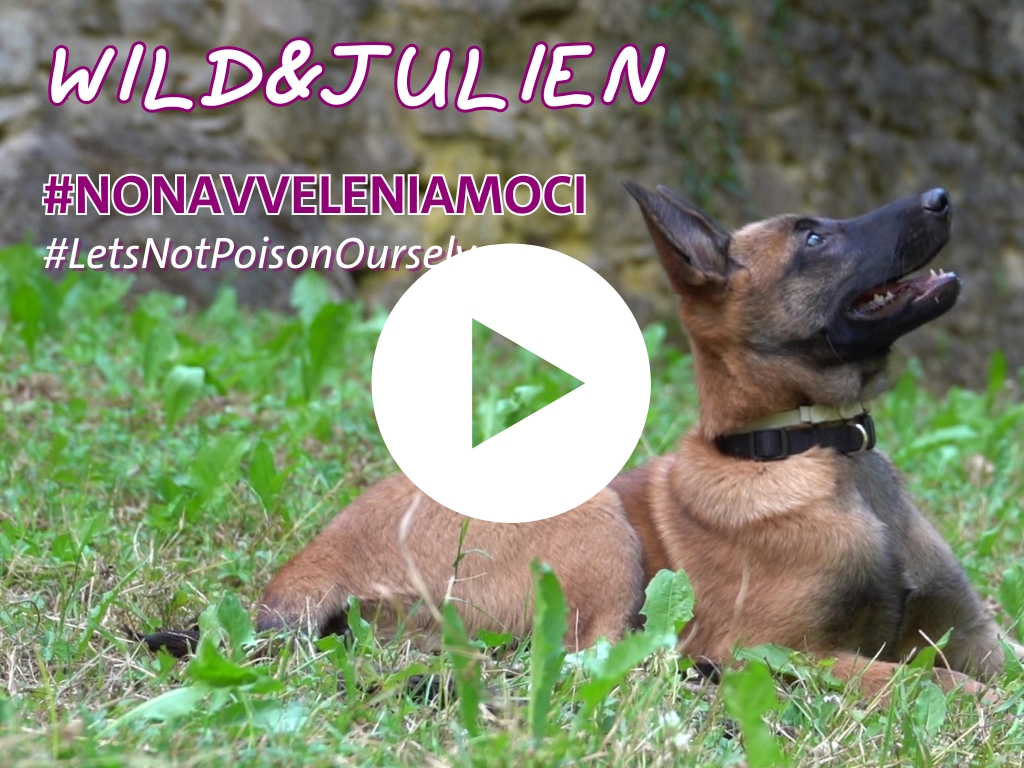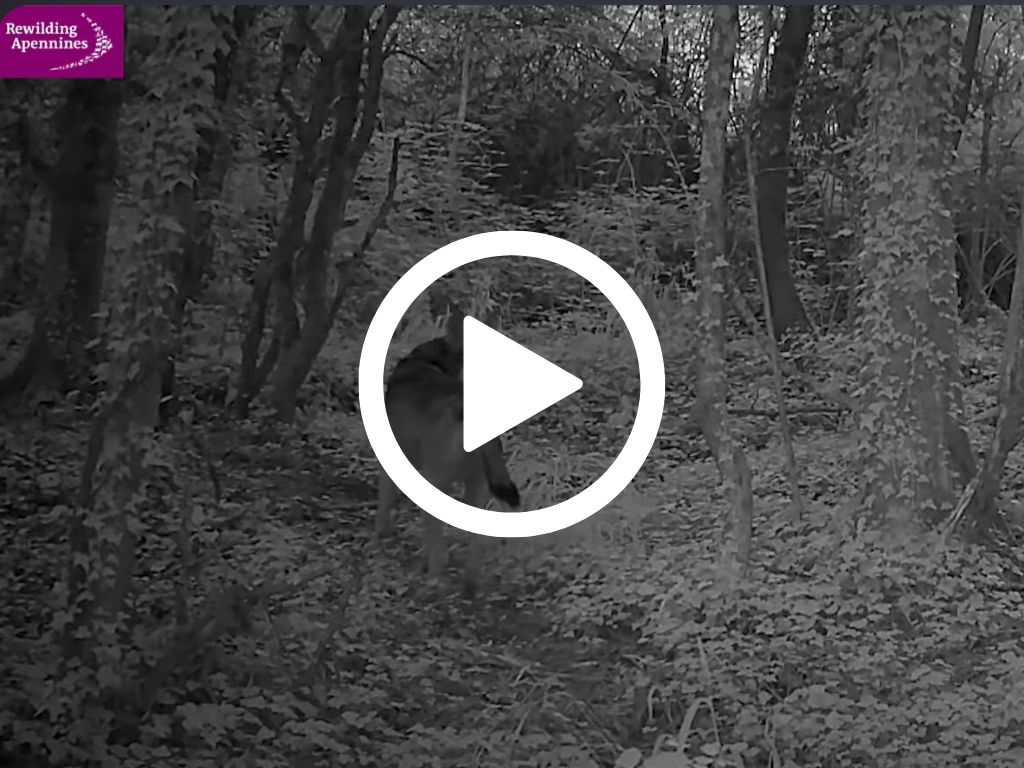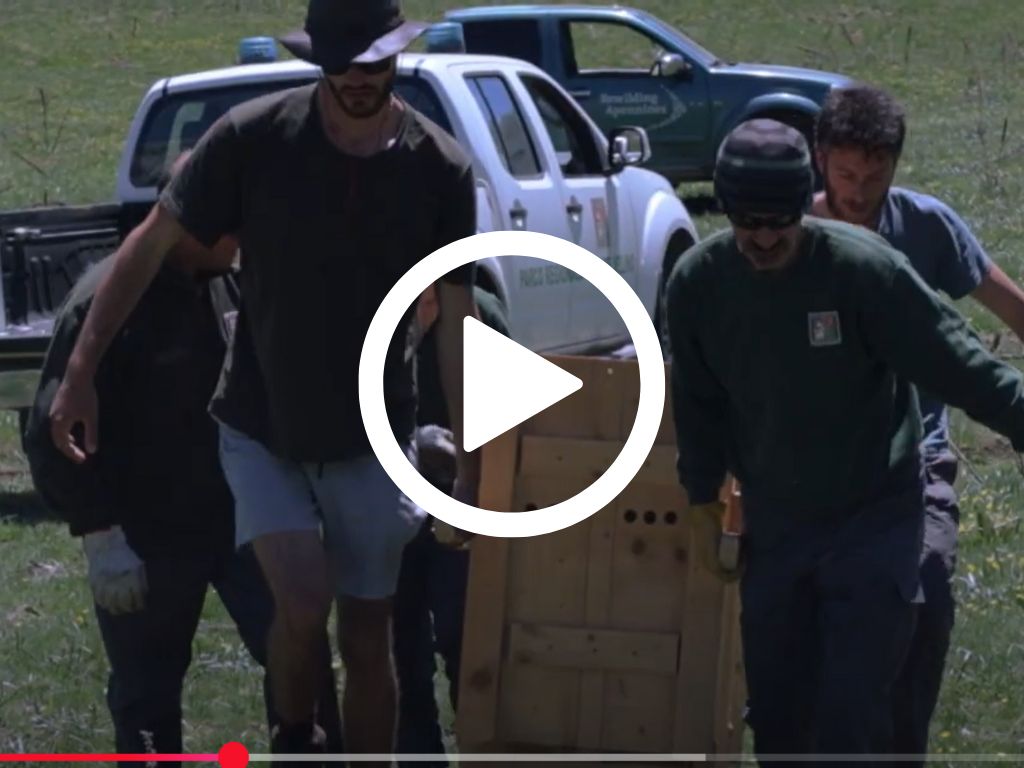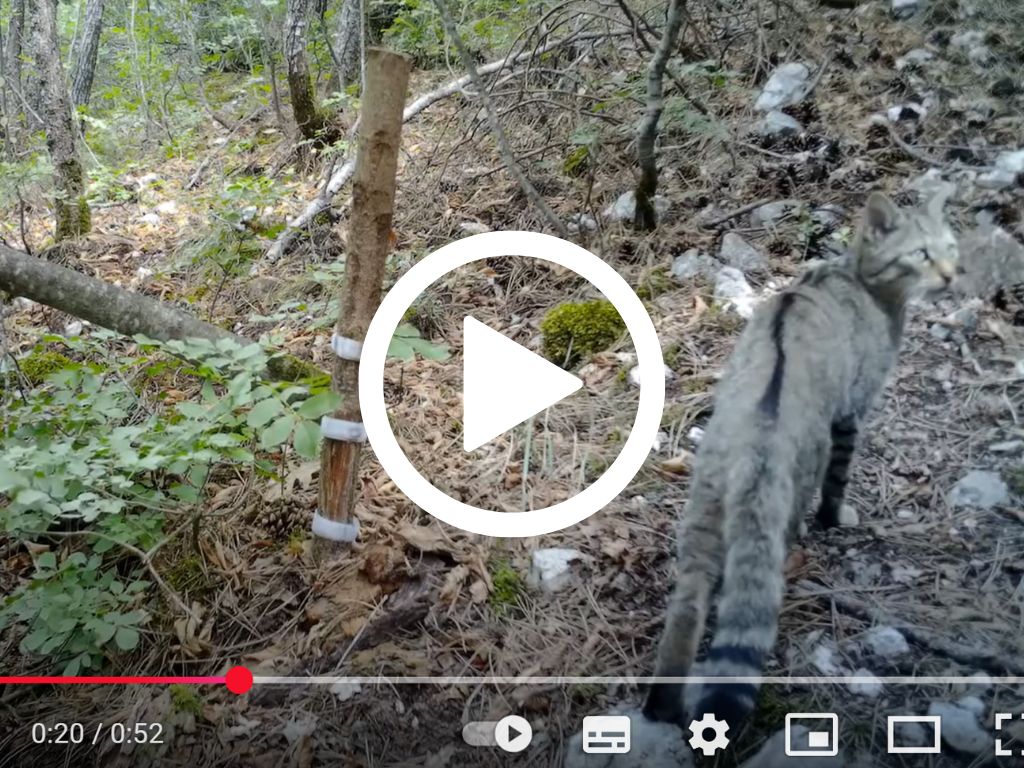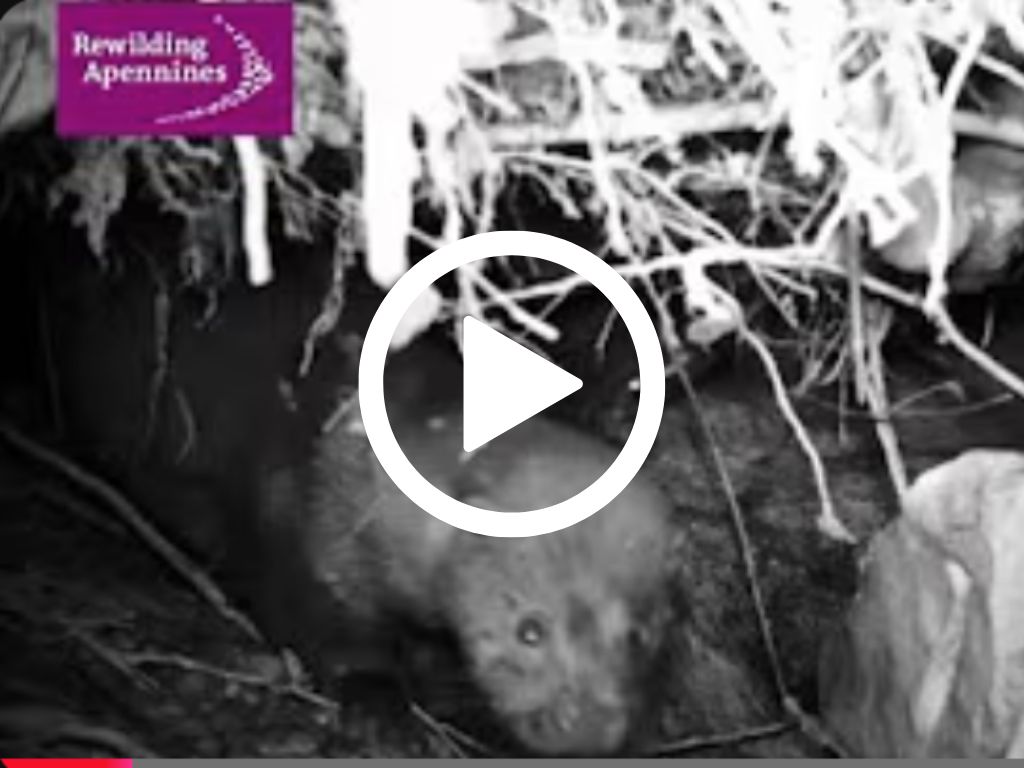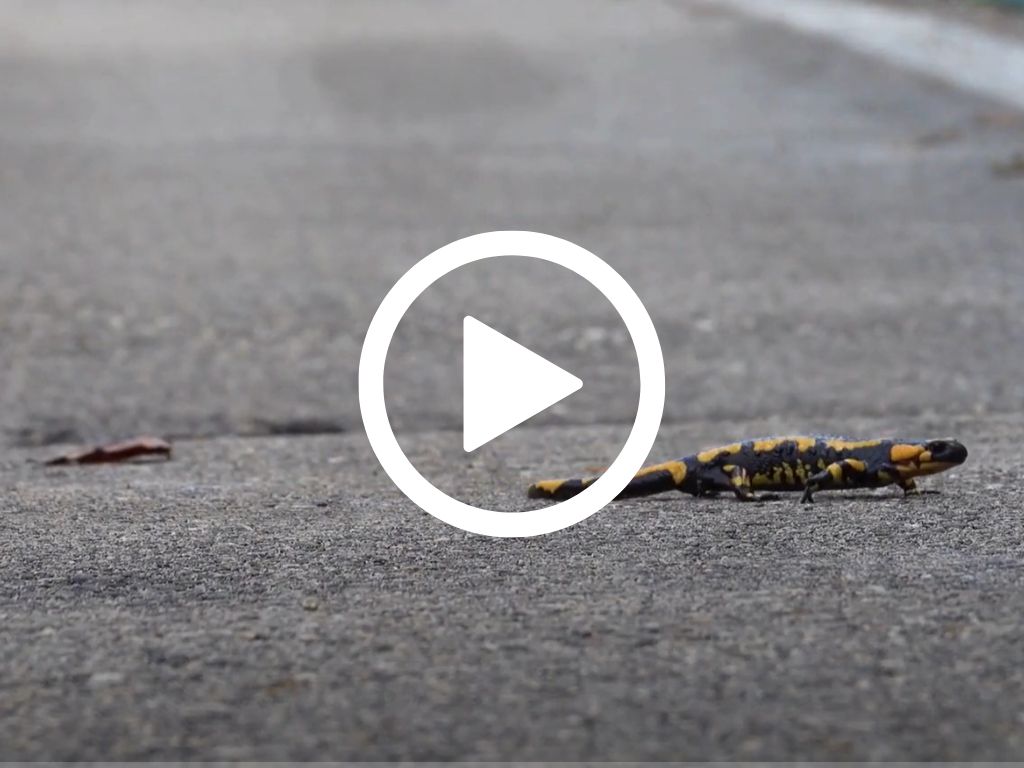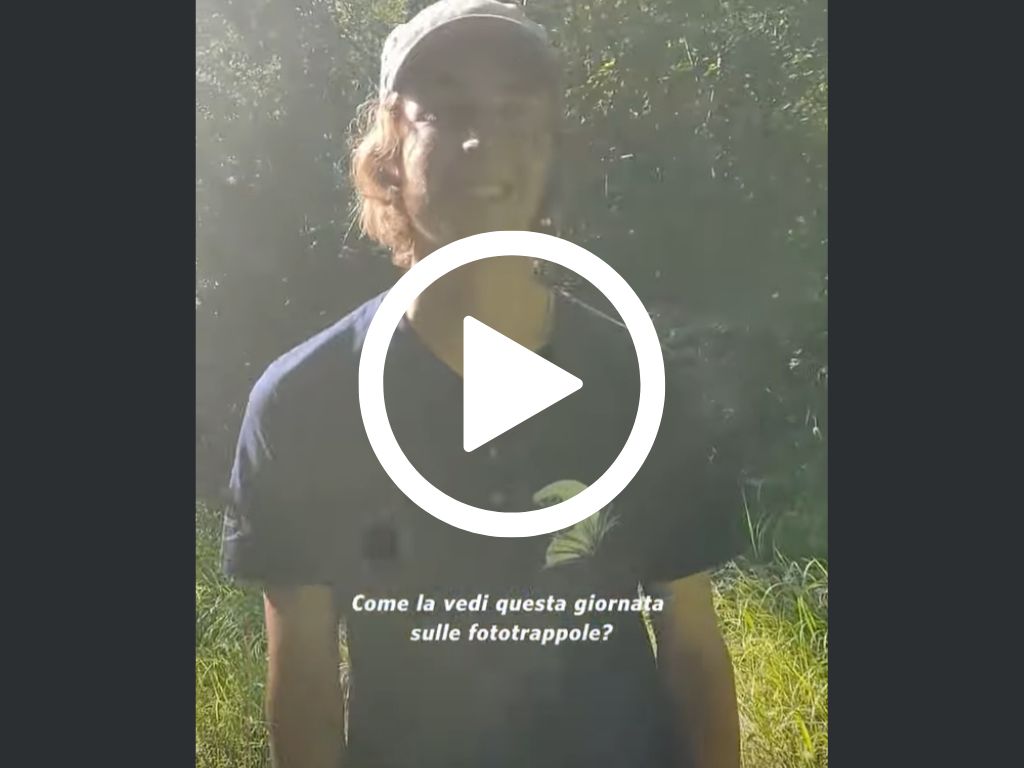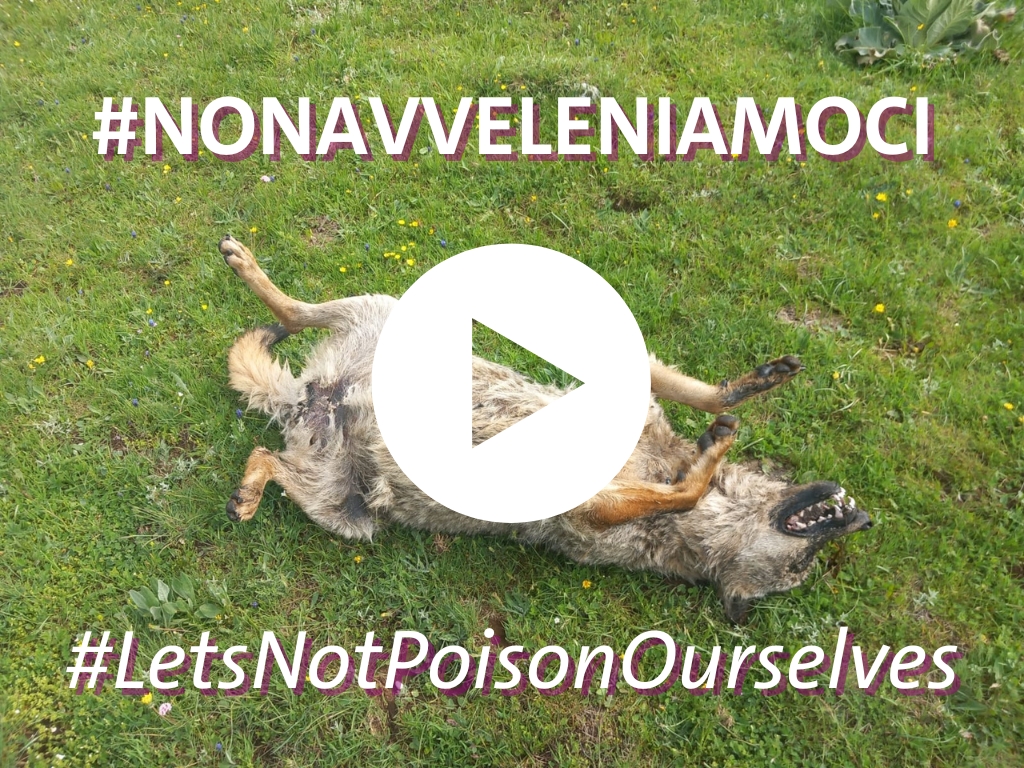Supporting biodiversity and the spontaneous wildlife comeback
Beyond our work with key species, Rewilding Apennines is committed to the monitoring and conservation of a wide range of wildlife. We pay special attention to amphibians, one of the most threatened groups globally, and closely follow the natural return of emblematic species in the Central Apennines—such as the otter, supporting its presence through targeted conservation efforts.
We also focus on species that can generate conflicts with human activities, like the wolf, implementing prevention strategies to foster harmonious coexistence. Additionally, we dedicate resources to the study and protection of elusive, hard-to-monitor species, such as the wildcat.
Our approach to nature conservation:
♦ Rewilding actions – From small interventions to large-scale initiaties, we enhance habitats to support the presence, expansion, and spontaneous return of species.
♦ Restocking and reintroductions – For species at high risk of extinction or those wiped out from the Apennines due to human impact, we evaluate restocking or reintroduction programs.
♦ Reducing mortality risks – Even simple solutions can have a huge impact: amphibian underpasses, securing dangerous structures like water collection tanks, and other interventions significantly reduce wildlife mortality.
♦ Communication and awareness – Coexistence with wildlife is a cultural challenge. Through education and dialogue, we work to build a future where people and nature thrive together.









